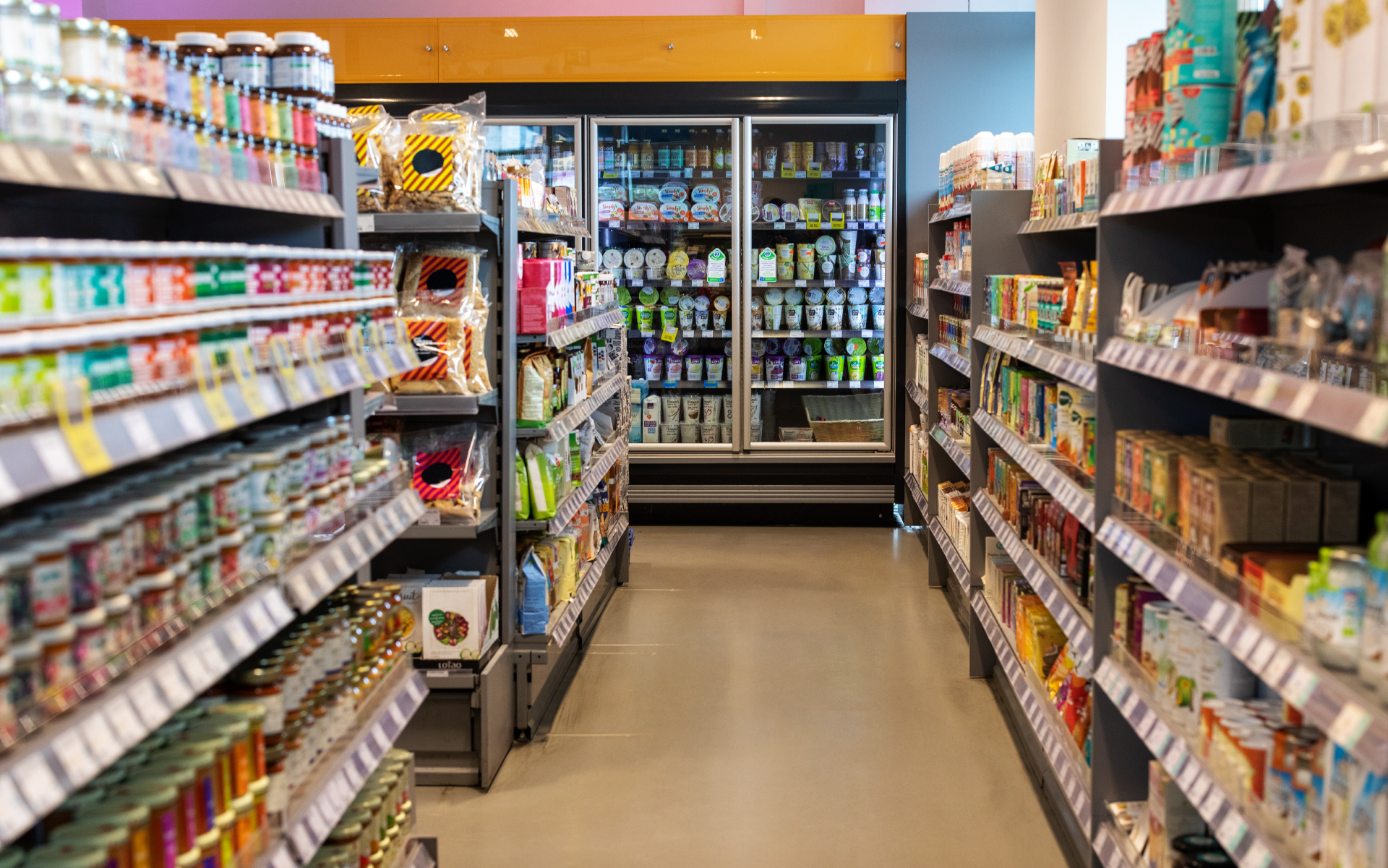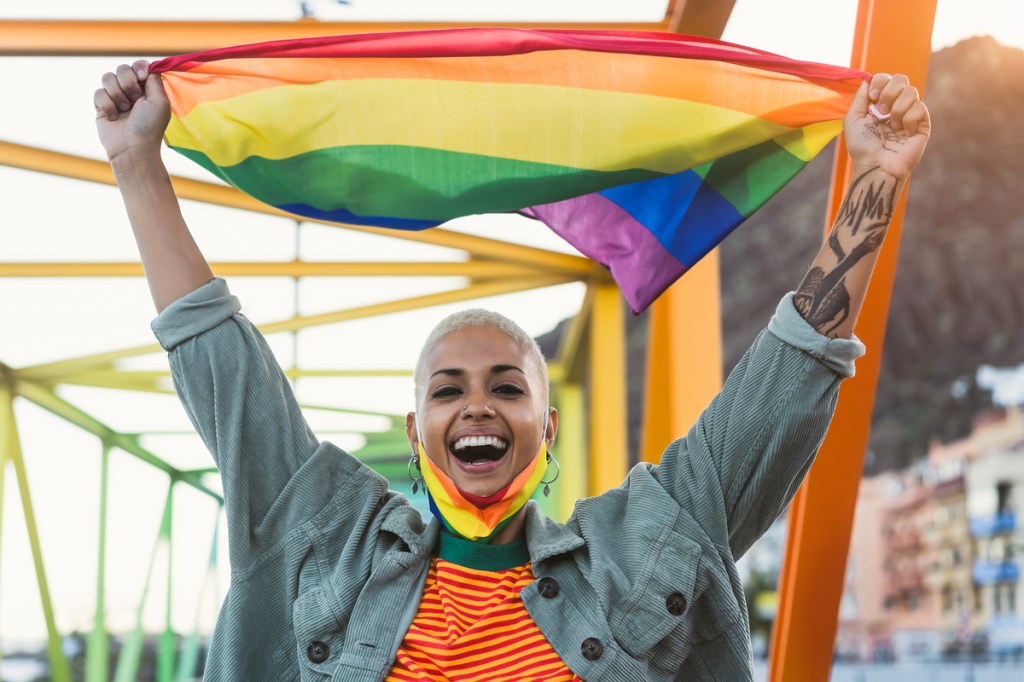Red Wine
It’s tempting for manufacturers to pursue the big ticket items where the payoff has the potential to be the highest, but the most crowded categories will also mean the largest number of delisted products.
Red wine is one such category: 33% of red wines that launched in January 2019 didn’t make it to shelves in 2020. At the same time, of all the alcoholic beverages that launched in January 2019 and survived past January 2020, 18% of those were red wines, making it one of the most popular categories within BevAl.
Wineries with bigger budgets may be willing to risk that loss for the chance at success, but more risk-averse wineries may look to a less crowded category to make their mark. Venture a fruity sangria or a sparkling wine where the shelf is less crowded, the product staying power is higher, and volumes are high enough to yield a healthy margin. Sometimes going niche is the best approach to guaranteed returns.
Craft Beer
Even more so than red wine, craft beer is a category that offers big wins – with big risk. This crowded category is a difficult place for products to make their mark with consumers and get a strong foothold on retail shelves. Over 16% of craft beers launched in January 2019 didn’t make it to 2020 – and 18% of those that were delisted were shoved from shelves in the very first month of retail sales.
However, the promise of success in the craft beer category keeps manufacturers of all sizes coming to the table with new brews: despite the failure rate, craft beers also have one of the highest success rates, at least in part due to the sheer volume of craft beers: Of all alcoholic beverages launched in January 2019 to survive past January 2020, 33% were craft beer – the absolute highest in the BevAl category.
Small brewers looking for a safer bet may be better off launching a non-alcoholic beer – a growing category where it’s easier to make a splash. Cocktail mixers may also prove a safer bet – especially those made for health-conscious consumers as demonstrated by the trending product characteristics of 2020. The most promising growth, however, was in hard seltzers, a category in which only 5% of products were delisted between January 2019 and January 2020, comprising over 9% of the alcoholic beverages that survived into February 2020 – and they continued to be a consumer favorite throughout the 2020 pandemic.
Dog accessories, food and treats
This popular pet category proved to be one of the most vulnerable to delisting. Dog accessories is a particularly challenging category, with nearly 16% of new brands being delisted by the end of 2019. Although dog food and treats comprises the highest volume of pet products that survived their first year on the shelf (27%), pet care manufacturers might turn their attention to the less crowded cat categories, where ownership is increasing (according to Pet Business, nearly a quarter of American households now own a cat). Less competition means lower delisting rates – only 4% of cat treats and food new in January 2019 were delisted by January 2020.
The very highest success rate, though, is literally for the birds: 95% of new bird accessories in January 2019 survived on shelves past January 2020, with a delisting rate of less than one percent in the first year. As the popularity of “unconventional” pet adoption grows, small pet manufacturers may be well-informed to turn their attention to these niche pet product categories.
Lip & Eye Cosmetics
Like red wine or craft beer, the lip and eye cosmetics categories attract many a CPG competitor for the volume they command, but that comes with risk, too: Lip cosmetics disappeared most precipitously out of all cosmetics, with 15% disappearing in the first twelve months – nearly 18% of which disappeared in the very first month. (Eye cosmetics followed close behind.) Nail polish also poses significant risk – and without the promise of big pay-off. Like lip cosmetics, nearly 15% of nail polishes new to shelves in January 2019 disappeared in the first twelve months – and only 8% of all new beauty products that survived into 2020 were nail polishes (versus lip and eye cosmetics which constituted 14% and 12% of surviving beauty products respectively).
Happily, the beauty industry offers safer bets.
Face cosmetics
Almost 29% of the products that survived their first twelve months on the shelf were face cosmetics like concealer and foundation – the highest proportion in beauty to survive – and only 9% were delisted before January 2020.
Facial cleansers
Facial cleansers don’t command as much volume as face cosmetics does, but the rate at which they were delisted was even lower than face cosmetics – only 5% didn’t make it to 2020 – and they still comprised over 5% of the beauty products to survive their first twelve months on shelves.
Cosmetics tools
The story is almost the same for tools like brushes – nearly 6% of those beauty products that survived into January 2020 were cosmetics tools, and only 6% of those that debuted in January 2019 were delisted by January 2020.

Stay on Shelf with Data
Of course, even the safest bets can’t promise CPG retail success in the face of a pandemic. Unfortunately for cosmetics, 2020 proved to be one of the most difficult years in recent memory thanks to so many of us self-isolating in our homes – while nail products actually grew in popularity as we avoided salons.
When you get deep into the data, you can better understand the risk of your product being delisted. But as long as the fact remains that 31% of all products that debuted in January 2019 were gone by January 2020, it’s clear that there is risk with any product launch, regardless of the vulnerability of that particular category. The best that brands can do to minimize risk is keep a vigilant eye on their data – and Byzzer’s platform can alert you to identify risk in real-time, empower you to take action, keep your product on the shelf, and win even more market share.



